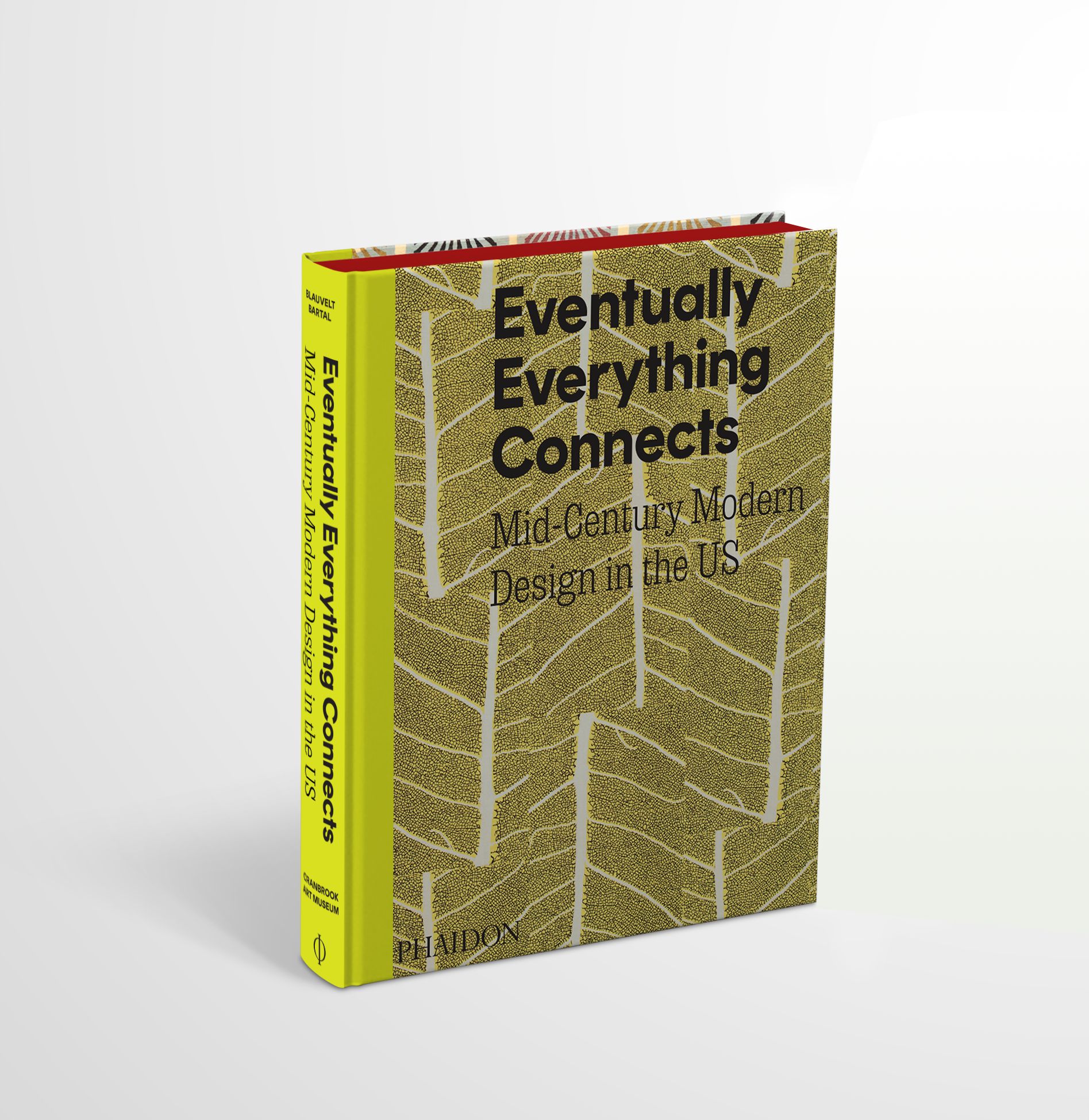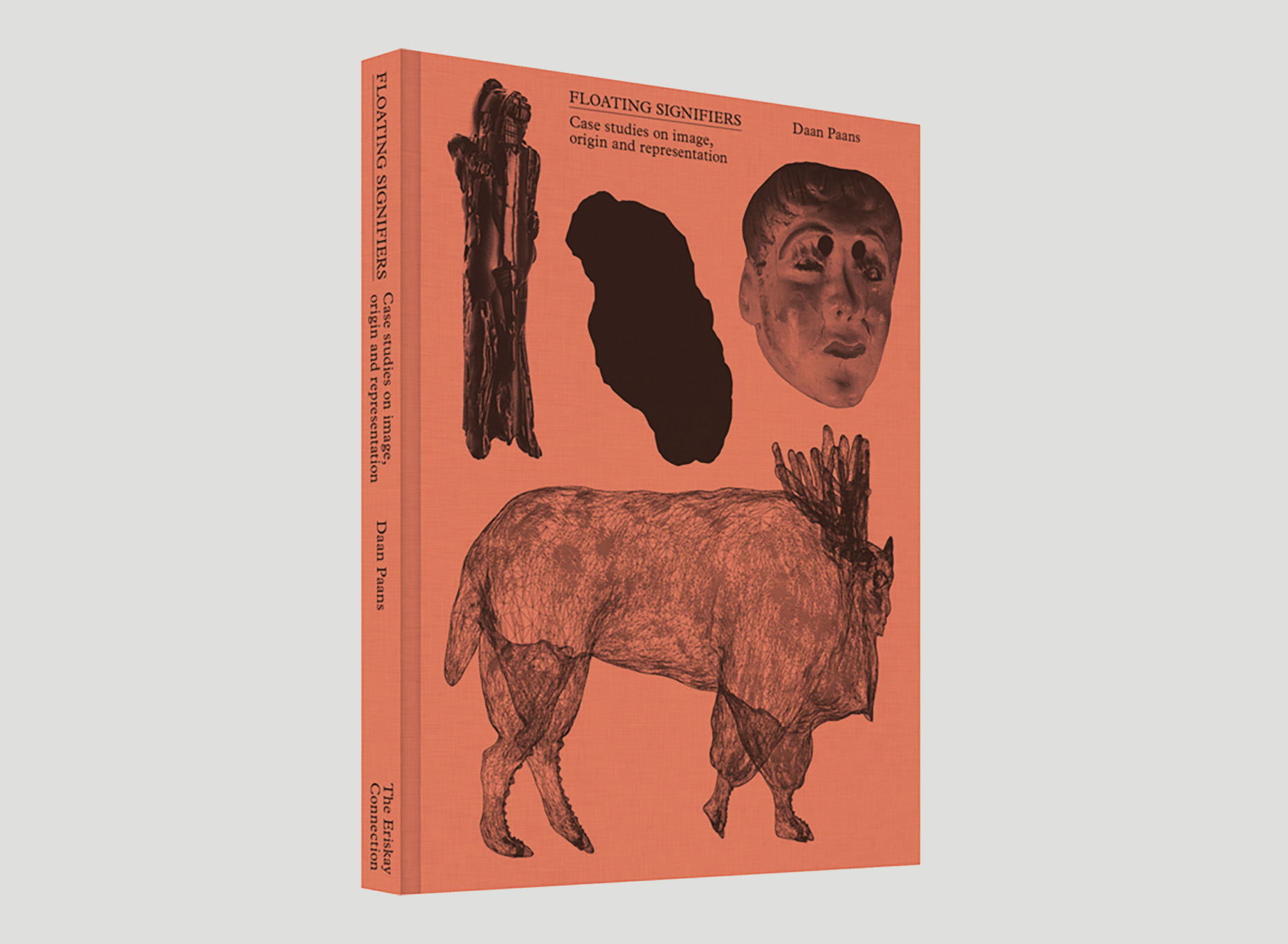What Design Can’t Do: Essays on Design and Disillusion, by Silvio Lorusso and published by Set Margins probes the disillusionment that permeates design. It tackles the deskilling effects provoked by digital semi-automation, the instances of ornamental politics fashioned to please the museum-educational complex, the nebulous promises of design schools. What this exposé reveals is both worrying and refreshing: rather than producing a meaningful order, design might be just about inhabiting chaos.
We caught up with Silvio to recommend some of the books that have influenced him.
What Design Can’t Do focuses on the distance between expectations and reality (the two parts in which the book is divided) in design theory, practice and discourse. This perspective leads to a thesis, which can be summarized as follows: the more the expectations are “great”, that is, pumped up and detached from the material and symbolic conditions of everyday design, the more disillusioned designers will become. The original idea was to put together a collection of some already published essays without reworking them much but while re-reading and connecting them, I found that there was a lot more to dig into, to research, to formulate. In a way I can say that I start writing this book the day I entered design school as a teenager. The essays try to bind together both the rebellious spirit typical of “the youth”, and the melancholy of adulting, which in design can be called professionalization.
I dedicated the book to my friends active in the field of design, because it is a testimony to our endless conversations in the attempt to decode our frustrations. I don’t want readers to “get” anything from the book – this is actually something I criticize in the epilogue of the book: the how-to-ization of design criticism (and non-fiction at large). So, while the reader will find hopefully several insights on design theory, practice and education, they won’t find any easy take-away. I see the book more as a platform for building alliances.
The book that most influenced you while writing What Design Can’t Do

Design, Nature, and Revolution by Tomás Maldonado (1972). In this book, the Argentinian designer was responding to the general distrust of youth movements towards design and, more broadly, to any form of planning. Maldonado’s answer was similar to Pascal’s wager: we don’t know if design can succeed, but we know for sure that without hope it won’t. My objection to that is that one cannot simply erase hopelessness and disillusionment. As Benjamin once put it, “only for the sake of the hopeless ones have we been given hope”.
A fiction book that has influenced your work/thinking

The majority of design books :) Jokes aside, I would say Friedrich Dürrenmatt’s The Pledge (1958). A bit like the first season of True Detective, this novel is about the inability of an ‘expert system’ (the police) to solve the ‘problem’, that is, a mysterious crime. Dürrenmatt’s work is all about the demise of rationality and the triumph of chaos. Acknowledging this tragic fact, my book proposes to get rid of the distinction between design (all about order), and bricolage, which has to do with dealing with the mess out there.
A design book more people should read

The Tacit Dimension by Michael Polanyi (1966). What this book argues, namely, that “you know more than you can tell”, clarifies some of the reasons of the current impasse of design practice and might even show possible ways out. It also includes a radiant reflection on the nature of problems: “[bits and pieces] look like fragments of a yet unknown coherent whole. This tentative vision must turn into a personal obsession; for a problem that does not worry us is no problem: there is no drive in it, it does not exist.”
A forgotten book from your personal library you wish more people knew about

In 1972, curator Emilio Ambasz was able to bring together in New York the epitome of Western intelligentsia (Umberto Eco and Hannah Arendt to name a few) to come up with ideas for a new kind of educational institution. The Universitas Project collects the proceedings of that unique event. The book includes two contributions that I particularly like: one by Jean Baudrillard, where he explains that all rebellious forms of design “obey, willy-nilly, the same economics of the sign”; and one by Hans Magnus Enzensberger who considers the history of design a history of defeats against Capital.
A book readers should turn to next after yours

J. Dakota Brown’s The Power of Design as a Dream of Autonomy (2019). A short but dense pamphlet that looks, with historical rigor, at the intellectualistic turn of postmodern graphic design. By doing so, it convincingly highlights the actual position of the designer, that is, torn between a yearning for autonomy and an ancillary, if not irrelevant, role.
An upcoming book you’re excited to read

Now that I live in Lisbon, I’m trying to familiarize with Portuguese and Brazilian design literature. So, the next book I will read is Mário Moura’s O design que o design não vê (2021). The blurb immediately caught me: “They say that the best design is invisible, neutral. But it's an illusion, of course. It would be paradoxical for a discipline so dedicated to identity-making not to have its own. This construction of identity is the design that design doesn't see: a continuous, contradictory, obsessive, established but unconscious process.”

What Design Can’t Do: Essays on Design and Disillusion, by Silvio Lorusso, is available now from Set Margins.




